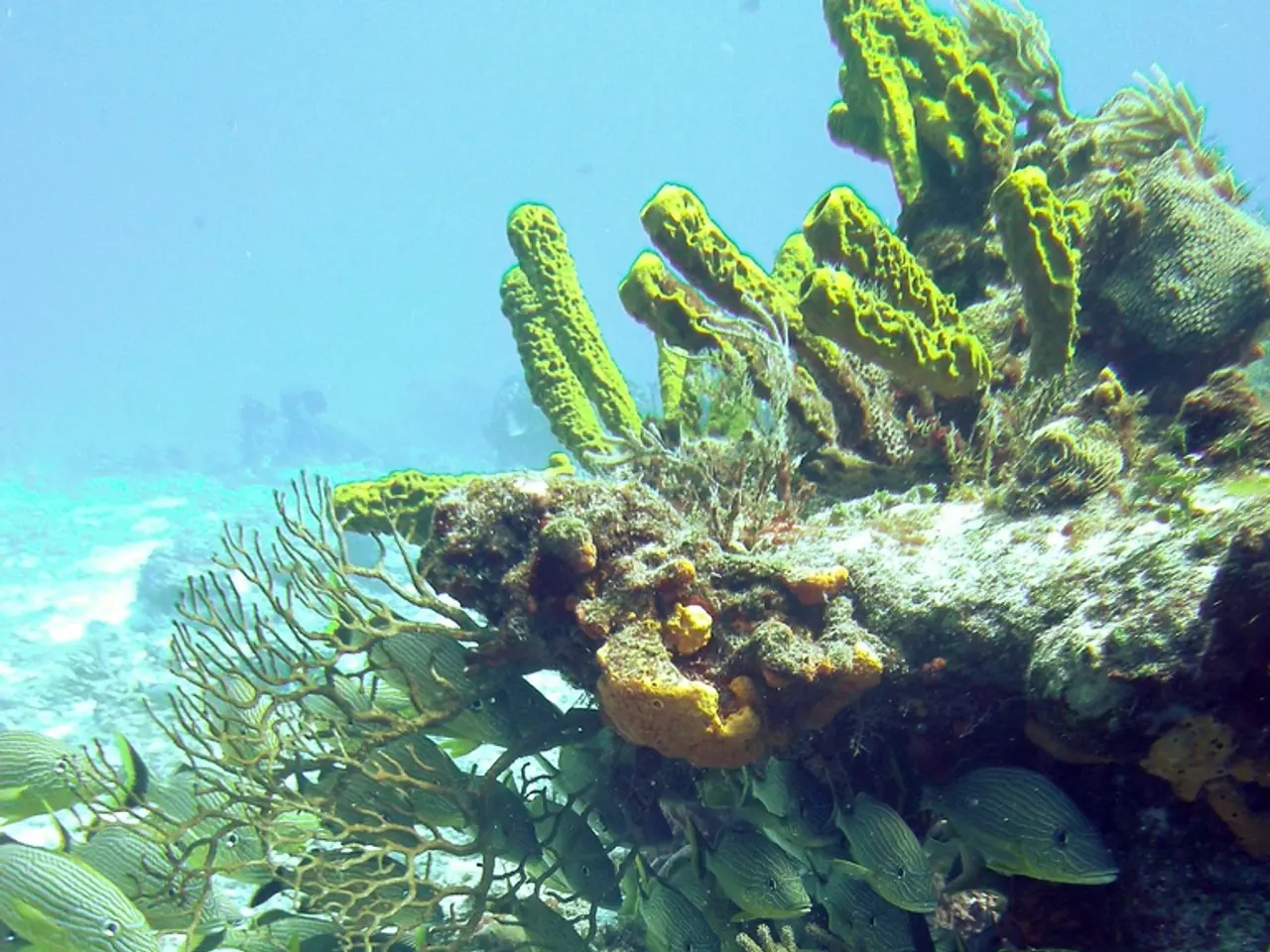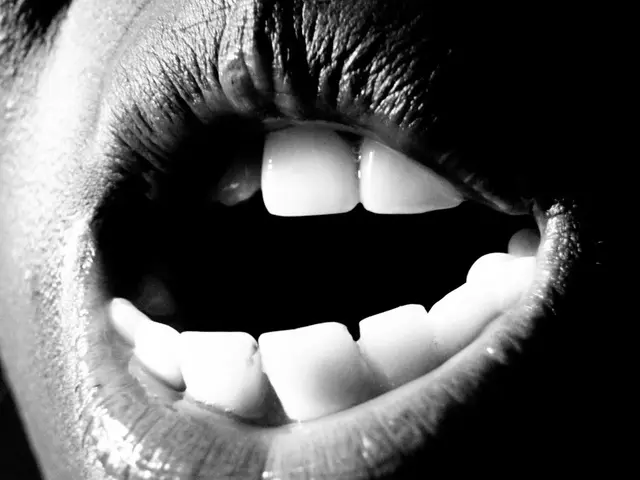Bioluminescent flashlight fish illuminate with a radiant blue hue, a trait attributed to bacteria residing in an eye-located organ.
In the vast and mysterious world of the deep sea, bioluminescence is not just a tool for camouflage or prey attraction. A new study reveals that flashlight fish use their glowing ability to coordinate schooling, even in the darkest, moon-free nights.
David Gruber, a biologist at City University of New York's Baruch College and the American Museum of Natural History, made this discovery in 2013 off Mborokua Island in the South Pacific. He witnessed a large group of glowing flashlight fish (Anomalops katoptron), about the size of an index finger, using their bioluminescent lights to coordinate their movements. This behaviour, a first in the ocean, suggests that schooling via bioluminescence may be common among deep-sea animals.
The glowing light is produced by bacteria hosted in special organs below the eyes of the fish. The fish can control these flashes by covering the light organs or adjusting blood flow. This "flashing in unison" helps confuse predators and facilitates group cohesion in low-light environments.
The study, published in the journal PLOS ONE on August 14, shows that night schooling is possible even with only a few individuals turning on their lights. However, it doesn't clarify who decides to glow and when, opening the question of whether there are "cheater fish" that don't glow to lower their predation risk.
This discovery has potential implications for understanding how fish behave in the deep sea. Biologist Ann Money, who was not involved in the research, finds the idea of smaller fish hunting at night unusual due to the presence of larger predators, raising the question of whether the benefit of bioluminescence for schooling outweighs the risk of attracting predators.
The findings also have practical applications. There is potential for engineers to model the flashlight fish behaviour and train robots to swarm together based on blinking lights, which could have applications in monitoring pollution or studying other fish.
However, the flashlight fish are elusive and poorly studied, in part due to their small size. When Gruber and Phillips returned to Mborokua Island this summer, the flashlight fish were nowhere to be found. The reef had experienced some bleaching and coral die-off, and a recent storm had knocked over some of the coral, suggesting that the fish may have left or migrated elsewhere.
This bioluminescent communication is significant for understanding deep-sea animal behaviour because it demonstrates sophisticated use of light signals for social interaction, predator avoidance, and hunting in darkness. The co-evolutionary relationship between the fish and their bioluminescent bacteria also highlights intricate biological partnerships essential for survival. These findings suggest that many deep-sea creatures may rely on similar light-based communication strategies to coordinate behaviours that improve survival in the absence of visual cues typical in shallower, brighter waters.
In conclusion, the flashlight fish model provides insight into how deep-sea animals use bioluminescence not just for camouflage or prey attraction, but as an active communication mechanism within social groups, influencing navigation, hunting, and defense tactics in the dark ocean environment. This expands our understanding of ecological interactions and sensory adaptations in deep-sea ecosystems.
- Bioluminescence, often associated with camouflage or prey attraction in the ocean, is now known to be used by flashlight fish for coordinating schooling, even during moon-free nights.
- Bioluminescent behavior in flashlight fish, first observed in 2013 by David Gruber, may be common among deep-sea animals, suggesting complex social interactions in poorly lit environments.
- The study of flashlight fish behavior could potentially lead to advancements in health-and-wellness, as engineers may model their "flashing in unison" to train robots to swarm together, imitating this behavior in monitoring pollution or studying other marine life.
- The co-evolutionary relationship between flashlight fish and their bioluminescent bacteria demonstrates intricate biological partnerships essential for survival, highlighting the complexity and sophistication of natural history in the deep sea.
- Climate change, through events like coral bleaching and storms, could impact the population and distribution of elusive flashlight fish, potentially affecting animal behavior,fish species conservation, and our overall understanding of deep-sea ecosystems.





